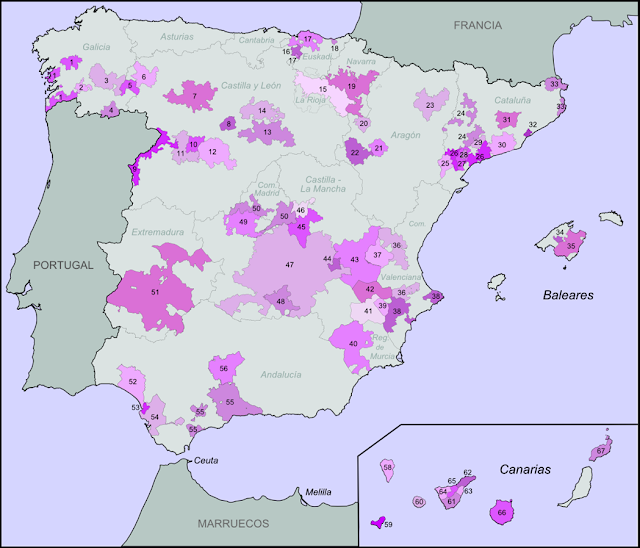India has forever remained a land of dichotomies. It has always perceived a notion in almost two totally paradoxical perspectives. And wine or liquor is no exception to this rule. When on one hand it was a drink of festivities; it was also considered a forbidden affair for the society at large. Drink was considered as a ‘Taamasi’ food that is always subject to repudiation as it only results in bad thoughts and behaviour. But it was never shunned completely and pervaded every spatial and temporal dimension.
Since the very inception Indians had the native familiarity with Wine. This becomes apparent with the artifacts found at the sites of Harappan Civilization. During the Vedic period wine was often referred to as Somarasa; it was believed to be associated with Indra, and was a part of religious festivals. Soma is mentioned in Vedic scriptures as well. Also the reference of Drakshasava is found in ayurvedic texts which was basically a delicious digestive preparation made from ripened red grapes, cinnamon, cardamom, nagkesara, vidanga, tejpatra, pippali, and black pepper and contained natural alcohol.
Indian wine is wine made in the Asian country of India. Viticulture in India has a long history dating back to the time of the Indus Valley civilization when grapevines were believed to have been introduced from Persia. Winemaking has existed throughout most of India's history but was particularly encouraged during the time of the Portuguese and British colonization of the subcontinent. The end of the 19th century saw the phylloxera louse take its toll on the Indian wine industry followed by religious and public opinion moving towards the prohibition of alcohol. Following the country's independence from the British Empire, the Constitution of India declared that one of the government's aims was the total prohibition of alcohol. Several states went dry and the government encouraged vineyards to convert to table grape and raisin production. In the 1980s and 1990s, a revival in the Indian wine industry took place as international influences and the growing middle class increased started increasing demand for the beverage. By the turn of the 21st century, demand was increasing at a rate of 20-30% a year.

